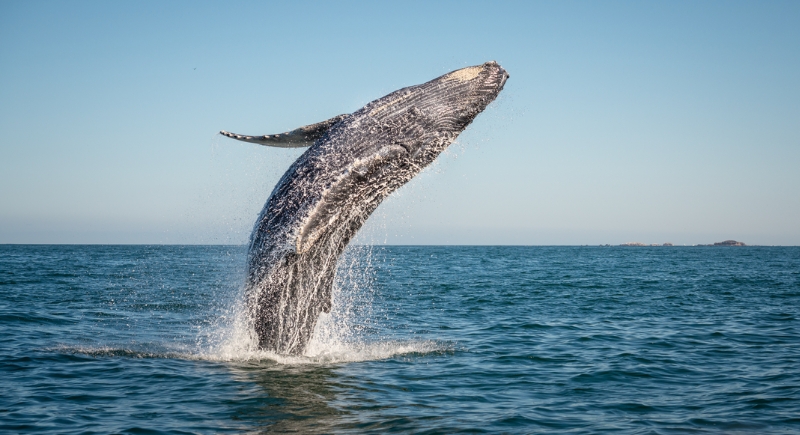The Incredible Story of a Mother Whale Finding Her Baby After a Three-Year Separation
Three years ago, off Long Beach, a humpback whale and her newborn were split apart when a cruise ship passed between them. The calf was caught in a strong current and carried far south to the Chilean coast. Locals in California recalled hearing the mother’s low calls underwater, as if she were searching for the calf she had lost.
In Chile, the young whale adapted by joining a local humpback group, which provided the safety and social structure it needed to grow. What surprised researchers was what happened later: the Chilean whales began their migration north and, in time, led the calf back into California waters. To those watching, it looked less like chance and more like an act of recognition, as though the group understood the calf’s place was still with its mother.
The Reunion That Melted Hearts
When the whale reached Long Beach, the calf swam directly to its mother. Witnesses described how it wrapped its fins around her in what looked like an embrace. The two circled each other, touching and swimming closely, clearly recognizing their bond.
The mother, once known for her sorrowful sounds, now displayed bursts of playful energy as she swam with her calf again. The reunion was more than just a touching moment. It showed how strong family connections are among humpbacks and how other whales can step in to support one of their own.
Whale Families and How They Survive
Humpback calves keep in touch with their mothers through faint squeaks and grunts, quiet enough to stay hidden from orcas. Survival also depends on food. Whale milk is thick with fat so it doesn’t dissolve in water, and a blue whale calf can drink over 600 liters in a single day.
Family care looks different across species. Orca pods are led by older females who guide the group and pass down knowledge. Sperm whales form nurseries near the surface where females take turns guarding calves while others dive for squid. These patterns show that in the open ocean, whales endure by leaning on one another.
Life on the Move

Image via iStockphoto/blake81
Humpback whales are favorites among whale watchers because they are so active, often breaching or slapping the water with their fins and tails. Adults weigh between 50,000 and 80,000 pounds and can grow up to 60 feet long, with females slightly larger than males.
Each year, Pacific humpbacks complete one of the longest migrations in the animal world by traveling about 3,000 miles from breeding grounds in Hawaii to feeding grounds in Alaska. During the summer in Alaska, they can eat up to 3,000 pounds of krill and plankton, as well as small fish, every day. When they return to Hawaii in winter, they go months without eating, relying only on their stored fat reserves.
Protecting the Future
Even with their size and adaptability, humpbacks face constant threats. Fishing gear entanglement, ship strikes, and habitat disturbance remain serious concerns. To help protect them, the Hawaiian Islands Humpback Whale National Marine Sanctuary monitors populations and invites volunteers each year to count whales from the shore. These efforts provide valuable data to guide conservation.
The reunion of the Long Beach mother and calf is more than a feel-good wildlife tale. It reminds us that whales have families and emotions, and that their survival often depends on cooperation. Watching one leap from the water is exciting, but seeing a mother reunited with her long-lost calf is unforgettable. It is proof that even in the vastness of the ocean, family ties matter.